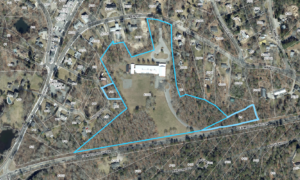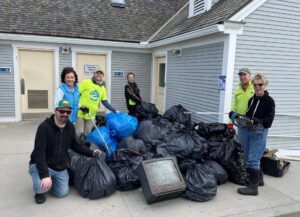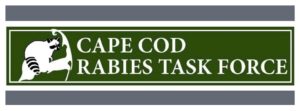 If awareness is what is needed to end the breast cancer epidemic it would long be over. Breast cancer has become a buzzword for pretty pink ribbons seen throughout the month of October in the name of raising awareness. In reality, breast cancer is anything but pretty and pink. It is ugly, it is frightening, and it robs the world of the contributions of thousands of women and men year after year. In fact, the American Cancer Society (2010) estimated the global economic costs of premature death and disability from breast cancer to be $88 billion each year.
If awareness is what is needed to end the breast cancer epidemic it would long be over. Breast cancer has become a buzzword for pretty pink ribbons seen throughout the month of October in the name of raising awareness. In reality, breast cancer is anything but pretty and pink. It is ugly, it is frightening, and it robs the world of the contributions of thousands of women and men year after year. In fact, the American Cancer Society (2010) estimated the global economic costs of premature death and disability from breast cancer to be $88 billion each year.
Today, when breast cancer remains the second most common type of cancer and the third leading cause of cancer death in the United States for an estimated 22,200 women and men each year, a systemic change beyond basic awareness is clearly needed.
To change the legacy of breast cancer, awareness and prevention must go hand-in-hand throughout the year. Education, advocacy, and research are needed to drive public policy change and affect change for the health and lives of future generations.
We continue to be contaminated without our consent or public regulation by bioaccumulative and carcinogenic chemicals including but not limited to bisphenol A (BPA), flame retardants, and formaldehyde. We must demand a world in which toxic chemicals are not found in our everyday environments. A focus on higher funding toward prevention would save countless women and their families from having to endure the hardship of a breast cancer diagnosis, painful treatment regimens, and expensive healthcare costs.
Disease prevention is the most cost-effective strategy for saving lives, and yet it is the one with the least public investment and the one that is the least popular. Less than 7% of funds raised in the name of breast cancer (by non-governmental breast cancer organizations, including non-profits) are directed to research and advocacy on primary prevention of breast cancer and examining the role of exposure to environmental contaminants.
Breast cancer prevention means researching and regulating the pesticides, plastics, solvents, and other chemicals leaving residues in our everyday environments. Laboratory studies suggest that many of these chemicals may cause breast tumors, accelerate their growth, or sensitize mammary glands to carcinogens.
A 2012 study published in Environmental Health showed that women in jobs with potentially high exposures to carcinogens and endocrine disruptors had elevated breast cancer risk. These observations, “support hypotheses linking breast cancer risk and exposures likely to include carcinogens and endocrine disruptors.”
The ability to measure exposure using biomonitoring and epidemiology related to breast cancer etiology and prevention was shown by a 2014 study published in a National Institute of Health (NIH) journal, Environmental Health Perspectives. While exposure to chemicals that cause mammary gland tumors in rodents is common, few studies have evaluated the potential breast cancer risks of these chemicals in humans.
Breast cancer prevention means following the precautionary principle, which states that evidence of harm, rather than definitive proof of harm, should prompt policy action. The principle also calls for the burden of proof to lie with manufacturers to demonstrate that chemicals are safe, rather than with the public to prove that they cause harm.
The Massachusetts Breast Cancer Coalition’s program, Let’s Talk Prevention: Reducing Toxic Exposures, is a project to prevent diseases, like breast cancer, by describing ways to avoid harmful chemicals. This educational program encourages dialogues between health professionals and patients about toxic environmental exposures. This program aims to empower the public to choose safer alternatives to harmful products used daily and to reduce toxic exposures.
Dr. Michael Misialek reviewed the Let’s Talk Prevention project materials and concluded that, “As a physician at Newton-Wellesley Hospital, I am pleased to see these resources available for patient-doctor engagement. The value of such a program is not to be minimized. This program will provide much needed information about reducing toxic exposures in daily life to physicians and patients alike. I look forward to promoting doctor-patient discussions concerning the link between health and toxic chemical exposures.”
This October, think carefully about your contributions and what exactly they are supporting. Make a contribution you can be proud of. Invest in prevention.
The Massachusetts Breast Cancer Coalition (MBCC) is dedicated to preventing environmental causes of breast cancer through community education, research advocacy, and changes to public policy. Make a donation at www.mbcc.org, or mail a donation to the attention of MBCC at 333 Weymouth Street, #13, Rockland, MA 02370.
By: Massachusetts Breast Cancer Coalition























